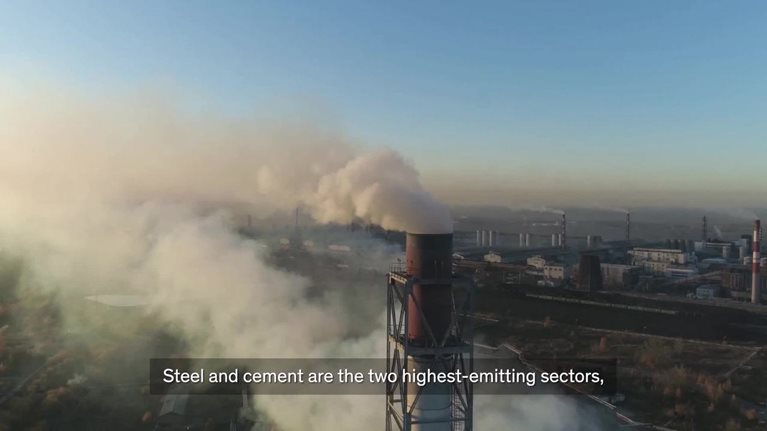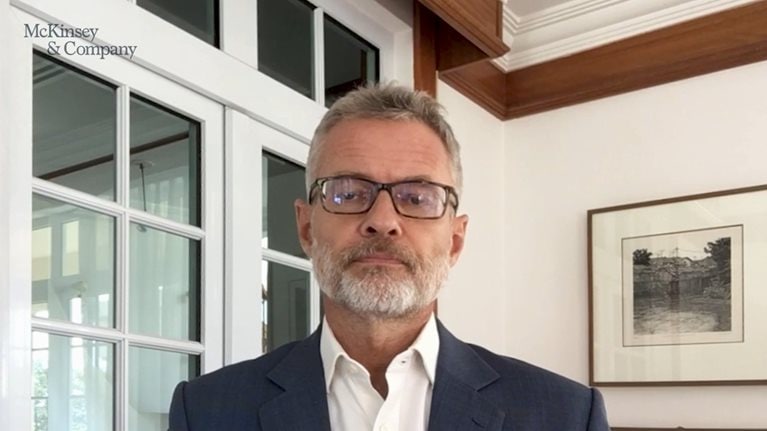What climate risk adaptation strategies can Asian leaders consider adopting?
Climate science tells us that some amount of warming is already locked in due to past emissions and the inertia of the earth system. This means that regardless of what we do on mitigation, some amount of adaptation will be crucial to manage against further build-up of risk.
So, what can stakeholders do? We identify five strategies. The first is to diagnose risk to enable an effective response. This will mean everything from using new forms of data, to building new tools and capabilities to integrate climate risk into all decision making—whether that’s companies as they think about their footprint or cities as they think about urban planning decisions.
The second is to protect assets and people. This ranges from hardening infrastructure to building sea walls to protective shelters to manage against heat wave risk.
Would you like to learn more about the Future of Asia?
The third is building resilience, excess capacity or buffers in systems. For example, raising inventory levels in supply chains or building backup power capacity.
The fourth is reducing exposure—putting assets and people out of harm’s way. In some instances this will involve tough choices, like relocating assets and infrastructure. In other instances, it will require thoughtful planning of future infrastructure and future assets to ensure they aren’t located in areas of rising climate hazards. And then finally the role of finance and insurance to help fund adaptation and ensure a smooth recovery post an event.
The good news is that in many ways, Asia is well positioned to rise to this adaptation challenge. We find examples of these strategies being deployed across Asia. Much of Asia’s infrastructure is still being built meaning that new infrastructure and new assets can be built with the climate of the future in mind. What is clear is that embedding adaptation into the heart of Asia’s climate response will be crucial to manage the risk that has locked in.


